Shenzhen’s culture embodies “efficiency, pragmatism, innovation, openness, and inclusiveness,” which has contributed to Shenzhen’s economic miracle today. The essence of “innovation” and “daring to venture” in “Huaqiangbei,” the business card of Shenzhen’s economy, is a continuation and epitome of China’s 40 years of remarkable achievements in reform and opening up. If Shenzhen is likened to the crown of China’s economic development achievements, Huaqiangbei and the Science and Technology Park are like two shining pearls on the crown. The billboard in Shekou that says “Time is money, efficiency is life,” the large golden characters on the Chinese Academy of Sciences building in the Science and Technology Park that encourage innovation and tolerate failure, the editorial of Shenzhen Special Zone Newspaper “Standing at the forefront and singing in the wind,” and the slogan “Once you’re here, you’re a Shenzhener” represent the spiritual core of Shenzhen. The Guomao Building that was built in three days, the muscular man breaking free on the square of the old museum, the iconic Ruzi Ox representing Shenzhen, the statue of Deng Xiaoping striding up Lianhua Mountain, and the brightly lit Huawei office building late at night—all symbolize the hard work and prosperity of the people of Shenzhen.
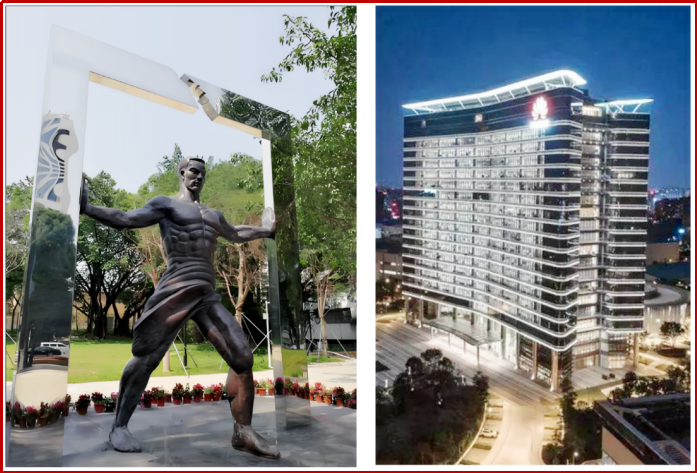
The statue on the square of the old museum and the brightly lit Huawei office building
A few days ago, I happened to chat with colleagues from Slkor (www.slkoric.com) and Kinghelm (www.kinghelm.net). Someone mentioned that several fast-food restaurants downstairs had closed again, with one even shutting down after being transferred. When analyzing the main reasons for their closure, some said it was due to poorly cooked food, but I disagreed, having found the food quite decent myself. Others argued it was because of low foot traffic, but I pointed out the presence of Shenzhou Computers and the surrounding foot traffic, which should sustain several fast-food outlets given the popularity of the Hakka Cuisine downstairs. When asked for my opinion, I emphasized that the operational efficiency of these fast-food outlets was too low. I analyzed factors like customer flow, average spending per customer, table turnover rate, gross profit margin, and operating hours—key elements in the restaurant industry. For fast-food joints, low average spending and profit margins are weaknesses. To increase revenue, they need to attract more customers, improve table turnover, and extend operating hours effectively. However, being in an office area, they only see decent foot traffic at lunchtime, with minimal income from breakfast, dinner, and late-night snacks. Based on these factors, their efficiency is about 40% compared to industry standards. While rent here might be slightly cheaper, basic costs like utilities, labor, and equipment depreciation still add up, leading to overall low operational efficiency and inevitable closure.
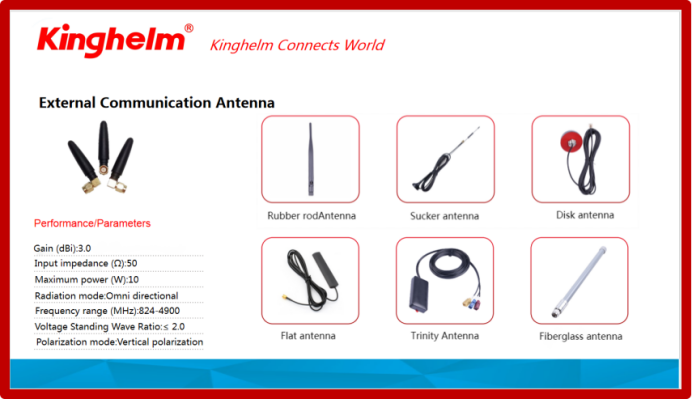
Our downstairs fast-food joint, “Jiawei Yuan Delicacies,” is thriving the most healthily. From my careful observations, its workflow and layout have borrowed from Taiwanese fast-food chain “Blue and White,” adopting standardized pricing for some dishes using a unified weighing method, while others use modular pricing. Their efficiency is remarkably high. They’ve also implemented strategies like offering prepaid meal cards with bonus vouchers and giving a 10% discount after 12:30 PM, further enhancing financial turnover efficiency and attracting foot traffic, making full use of the space. Among the dozens of fast-food outlets here, the owner of “Jiawei Yuan Delicacies” is making the most profit! I emphasized to my colleagues that when engaging in business and enterprise operations, we must consider efficiency.
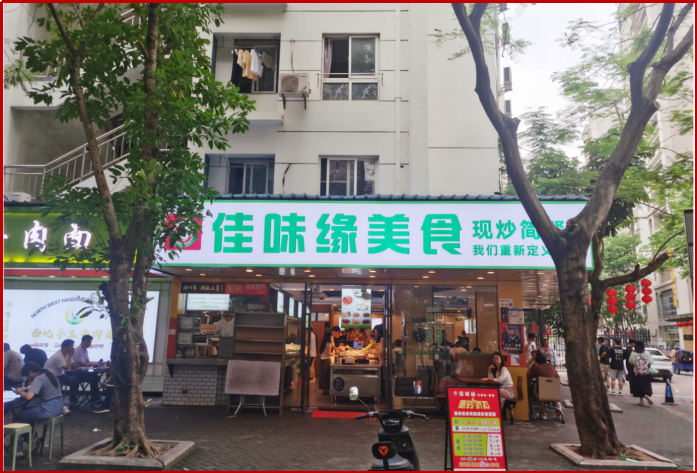
The fast-food joint “Jiawei Yuan Delicacies” downstairs
Expanding on this, for any individual or large economy, improving efficiency can reduce costs, mitigate risks, and increase returns, which cannot be ignored. As we all know, China has a population of over 1.4 billion, with the vast majority receiving formal secondary education. Almost all men and over 70% of women are in the workforce, while retired elderly still contribute at home, representing our demographic dividend. The United States, with a population of around 330 million, sees most households with women caring for two to three children, not participating in the workforce, and retired elderly not engaged in labor. Yet, China’s GDP is only about two-thirds of the United States’. What causes such a significant gap between us? It’s the disparity in per capita efficiency between China and the United States. Even if we exclude factors like the dominance of the US dollar, technological superiority, and purchasing power parity, the efficiency gap between China and the United States remains substantial.

Looking at our East Asian neighbors like South Korea and Japan, who have similar demographics to us, both countries work long hours and experience “996” culture. South Korea, with a population of around 45-50 million, focuses on strengthening individual education while also working overtime to concentrate efforts on one or two industries, resulting in strong competitiveness. Japan, with a population of over 130 million, once ranked among the world’s top three economies, naturally has very high efficiency, including both individual and national levels. Individual efficiency includes education, skill proficiency, and dedication, while national efficiency includes technological productivity and social governance. When both aspects of efficiency are improved, the overall competitiveness of a country or region increases.
From a company’s operational perspective, let’s analyze the importance of efficiency. Our neighbor in Bantian, Longgang, Huawei, is the mentor that Kinghelm (www.kinghelm.net) and Slkor (es.slkoric.com) benchmark and learn from. We are studying and learning from Huawei’s “Five Looks and Three Decisions” method and its organizational system. Huawei is undoubtedly the king of the electronics and information industry. One day, I was drinking with my brother who works at Huawei, and I expressed my admiration for Huawei, Ren Zhengfei, and Yu Chengdong. He politely mentioned that Huawei still has room for improvement. Compared to Apple, the benchmarked company in the US, Apple’s productivity is 2.7 times that of Huawei. So even though Kinghelm and Slkor are developing rapidly, the gap compared to internationally excellent companies is still significant. There is still a lot of room for improvement in efficiency, and that’s the direction we are striving towards!
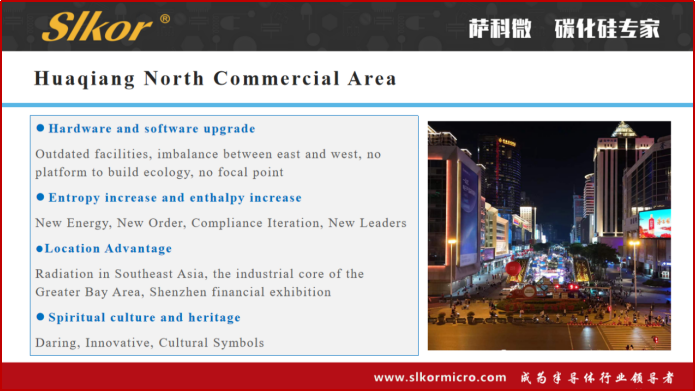
Advantages of Huaqiangbei traders shifting to domestic alternatives
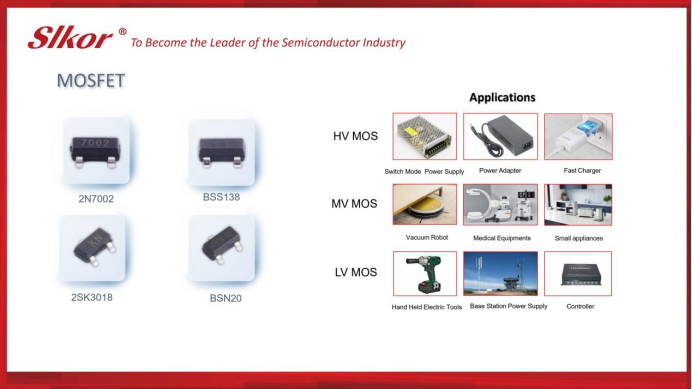
Slkor semiconductor field-effect transistor products
Introduction to Song Shiqiang
Mr. Song Shiqiang, founder of Shenzhen-based semiconductor company Slkor (ru.slkoric.com) and electronics firm Kinghelm (ru.kinghelm.net), serves as the general manager of both high-tech companies. He is also a member of the Expert Pool of the China Electronics Society, a research expert on Shenzhen’s Huaqiangbei commercial district, and a columnist specializing in science popularization. With a grassroots background, Mr. Song possesses extensive experience in technical management and enterprise operation. He combines his long-term study of macroeconomics with corporate management, leading Kinghelm and Slkor to rapid development. Mr. Song Shiqiang, also known as Huaqiangbei Song, has authored numerous articles such as “The Wealth Code of Huaqiangbei,” “Why Are There So Many Billionaires in Huaqiangbei,” and “Research on Counterfeit Mobile Phones in Huaqiangbei.” His works have been republished by authoritative domestic and international media outlets, including People’s Daily, Xinhua News Agency, Global Times, Associated Press, Yahoo News, The Wall Street Journal, and Harvard Business Review, aiming to improve the business environment of Huaqiangbei and promote it globally as the “First Street of Chinese Electronics.” The “Song Shiqiang Speaks” video series on platforms like YouTube, TikTok, and Bilibili has garnered widespread attention, while his articles have been widely shared on major media platforms.
Media Contact
Company Name: Shenzhen SLKOR Micro Semicon Co., Ltd.
Contact Person: Support
Email: Send Email
Phone: +86 13008868302
Address:2010, Block A, Bairuida Building Vanke City Community Bantian Avenue, Longgang District
City: Shenzhen
Country: China
Website: www.slkoric.com
